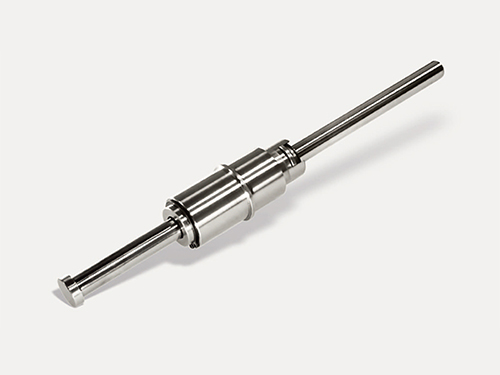
Basic characteristics of graphite: 1, high temperature resistance: graphite melting point is very high, in a vacuum of 3850±50 degrees Celsius. And then sublimation at low pressure, at 2200 degrees Celsius. Different from the general high temperature resistant materials, when the temperature rises, graphite not only does not soften, but the strength increases, and then 2500 degrees Celsius graphite tensile strength than at room temperature to increase twice. 2. Thermal and electrical conductivity: Since the carbon atoms on the hexagonal network plane layer have residual electrons, the remaining electrons with the carbon atoms on the adjacent plane exist between the network plane as an electron cloud, so that graphite has good thermal and electrical conductivity. The thermal conductivity of graphite is just opposite to that of general metal materials. At room temperature, it has a very high thermal conductivity coefficient. However, when the temperature rises, the thermal conductivity decreases instead.

3.special seismic performance: graphite expansion is anisotropic, so the macro expansion coefficient is not big. Under the condition of sudden change of temperature, the graphite volume does not change much. Coupled with its good thermal conductivity, so the thermal shock resistance of graphite is excellent. 4.lubricity: the graphite layer is Van der Waal forces, weak binding force, so that it has lubricity. The lubricity of graphite depends on the size of its scales. The bigger the scale, the smaller the friction coefficient and the better the lubricity. 5. Good chemical stability and corrosion resistance: Graphite has good chemical stability at room temperature, and is not subject to the erosion of any strong acid, strong base and organic solvent; The carbon atoms in the graphite layer are firmly bonded by covalent bond, which makes the surface of the graphite phosphorus sheet very low, not wetted by the molten slag, and has a strong ability to resist erosion. However, graphite is easy to oxidize in air, so anti-oxidation measures should be taken when it is used in carbon-bonded refractory materials.